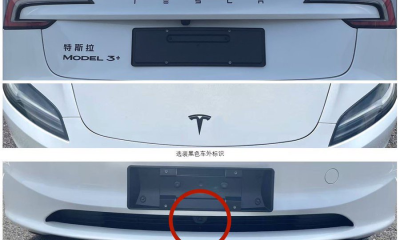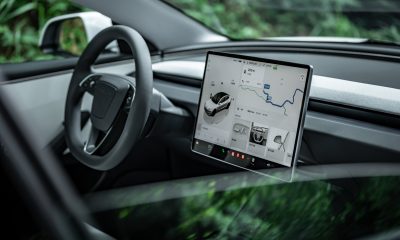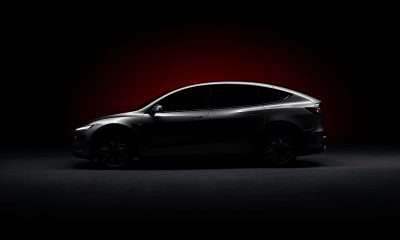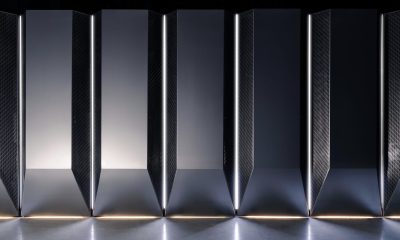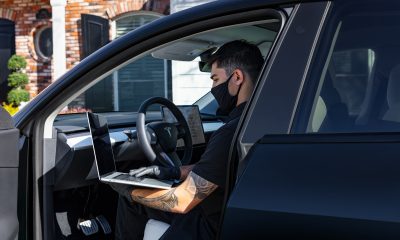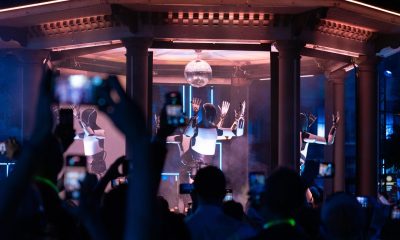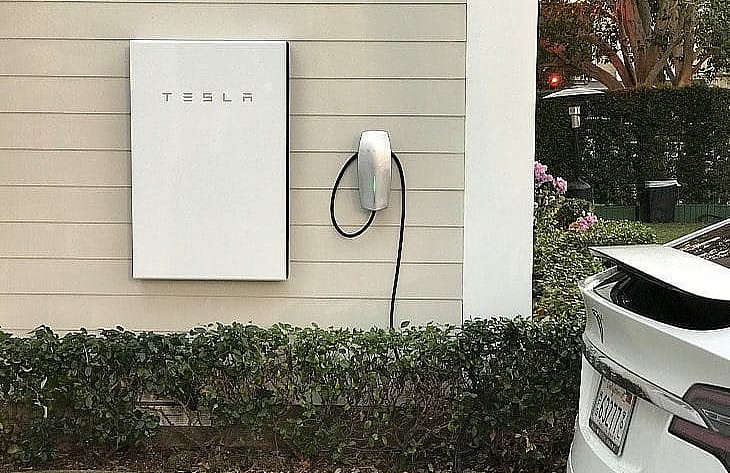
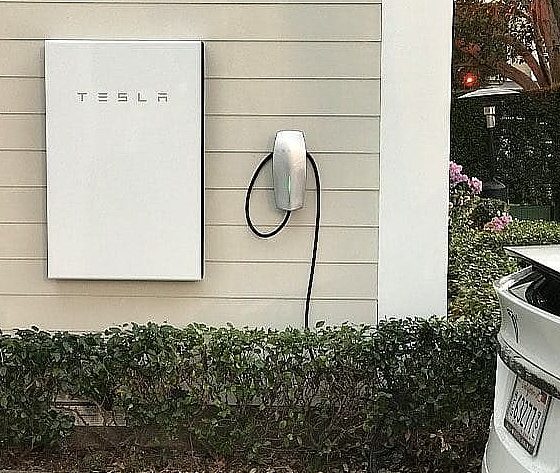
News
Tesla California Virtual Power Plant crosses the 3,500-home mark
Tesla’s California Virtual Power Plant (VPP), which is comprised of homes equipped with Powerwall batteries, just crossed an important milestone — the system has passed the 3,500-home mark. The findings became evident following the California VPP’s second event on August 31, which saw the system provide up to 24 MW of power to support the grid.
As per an active tracker of the California VPP on Lastbulb, there are now 2,793 homes that are part of the PG&E grid and 743 homes that are part of the SoCal Edison grid. This makes a total of 3,536 homes equipped with Tesla Powerwall batteries that are ready to help keep the grid stable amidst the ongoing heat wave in the state.
The growth of Tesla’s California VPP is quite impressive. Lastbulb’s tracker showed 2,149 homes in early August. That was already impressive as it showed that the system had grown 12.3% in 20 days. Considering that there are now over 3,500 homes in the California Virtual Power Plant, it would appear that more homeowners are becoming more willing to share their Powerwall’s energy with the grid.
Part of this could be the fact that participating in the CA VPP is pretty much effortless, with some Powerwall owners noting on social media that taking part in a Virtual Power Plant involves just going about one’s day as usual. Tesla’s California Virtual Power Plant beta also offers $2 per kWh for homeowners who participate in the VPP, which means that Powerwall owners could receive an estimated $10 to $60 every VPP event.
It should be noted that the California Virtual Power Plant is still in beta for now. But considering its successful events so far, it would not be surprising if Tesla scales the program faster in the near future. A VPP is a perfect way to provide clean backup energy to the grid in a state like California, after all, considering the prevalence of solar solutions in the state.
Check out Lastbulb’s California VPP tracker in the graphic below.
Don’t hesitate to contact us with news tips. Just send a message to simon@teslarati.com to give us a heads up.
News
Tesla Model 3 filings in China show interesting hardware addition
The addition of a front bumper camera to the Tesla Model 3 is a big upgrade from a hardware perspective.
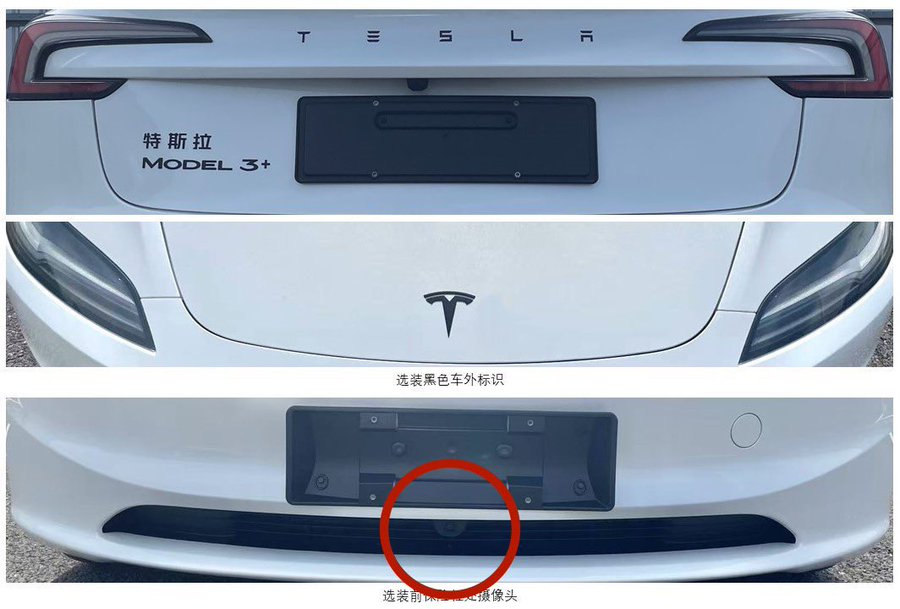
Tesla Model 3 filings in China are showing the vehicle could get a very interesting hardware addition, one that was not included on the “Highland” update when it rolled out to customers a year and a half ago.
The Model 3 Highland is Tesla’s updated version of the all-electric sedan, and was launched across the world in early 2024. It featured a variety of updates, including new exterior and interior designs.
However, there were a few things missing from the update that surprised Tesla fans because they were included on other cars.
One of them was the lack of a front bumper camera, a hardware piece that was included on other vehicles within the company’s lineup, including the Model Y Juniper, an updated version of the all-electric crossover that launched earlier this year.
Now, it seems Tesla is preparing to implement that front camera on the Model 3, as new filings with China’s Ministry of Industry and Information Technology (MIIT) showed the car with the addition:
🔥🔥 Tesla will soon add a front bumper camera to the Model 3!
The images confirming this upgrade were leaked on the official website of China’s Ministry of Industry and Information Technology (MIIT).
H/t @kas12323 pic.twitter.com/ieRv9wiwOK
— The Tesla Newswire (@TeslaNewswire) August 8, 2025
The front bumper camera is a small but powerful addition to Tesla vehicles. It not only enhances visibility for simple tasks like parking, helping avoid things like curbs, but it also helps provide a wider field of view directly in front of the car.
It is also a crucial part of the Full Self-Driving and Autopilot suites, helping provide yet another angle of vision for the vehicle as Tesla makes its suite more robust. It is already improving through software upgrades and data collection, but it could always use additional hardware to enhance accuracy.
A Model 3 Highland test mule was spotted near Boston, Massachusetts, back in May with a variety of additional cameras equipped. Some believed this was a vehicle that was assisting with collecting training data.
Tesla is testing a Model 3 with some mysterious cameras in the U.S.
However, it could be a sign of Tesla planning to add this piece of hardware to a slightly updated version of the new Model 3 that could come to production in various markets in the near future.
Elon Musk
Tesla CEO Elon Musk details massive FSD update set for September release
“This will substantially reduce the need for driver attention, but some complex intersections, heavy weather or unusual events will still require attention.”

Tesla CEO Elon Musk detailed the changes that are expected to come with a massive Full Self-Driving (FSD) update, which is set to roll out sometime in September, he revealed earlier this week.
Tesla has been refining its FSD suite for years, but it has never been as good as it is now. The focus is to get the suite to a point where interventions are no longer needed and drivers simply become passengers, as they will not be responsible for paying attention to the road.
Elon Musk teases crazy new Tesla FSD model: here’s when it’s coming
That version of FSD will come eventually, but not next month. However, there are dramatic improvements that will come with next month’s FSD update that will roll out to the public, Musk said:
“The FSD software update next month will be a major step-change improvement for rare conditions.”
The FSD software update next month will be a major step-change improvement for rare conditions
— Elon Musk (@elonmusk) August 8, 2025
Additionally, he provided specific details on what would change, hinting that the need for a driver to pay attention will be “substantially reduced,” but there are some “complex intersections, heavy weather, or unusual events” that will still require drivers to assume responsibility for the car:
“This will substantially reduce the need for driver attention, but some complex intersections, heavy weather or unusual events will still require attention.”
This will substantially reduce the need for driver attention, but some complex intersections, heavy weather or unusual events will still require attention.
Note, the Austin robotaxi FSD build is ~6 months more advanced than what is available in cars in America and there are…
— Elon Musk (@elonmusk) August 8, 2025
We have been teased about these types of updates before, but usually they involve some kind of mention of FSD being ready for unsupervised driving “by the end of the year.” Musk did not mention that here.
There is also the fact that Tesla has another FSD build in Austin for the Robotaxi suite that is more advanced than what is available to the public. It has performed well, Musk says, making claims that there are times when it feels “eerily human.”
Tesla Q2 2025 vehicle safety report proves FSD makes driving almost 10X safer
The improvements in FSD capabilities in subsequent releases are usually very evident. As Tesla continues to refine the suite for the public, it gains more confidence and becomes smarter through the collection of data and the use of neural networks.
The only thing left to wait for is the release itself, and we are hopeful it will roll out to the public in September, as Musk says.
News
Tesla Model Y L’s impressive specs surface in China’s recent MIIT filing
The Tesla Model Y L is expected to launch later this year.
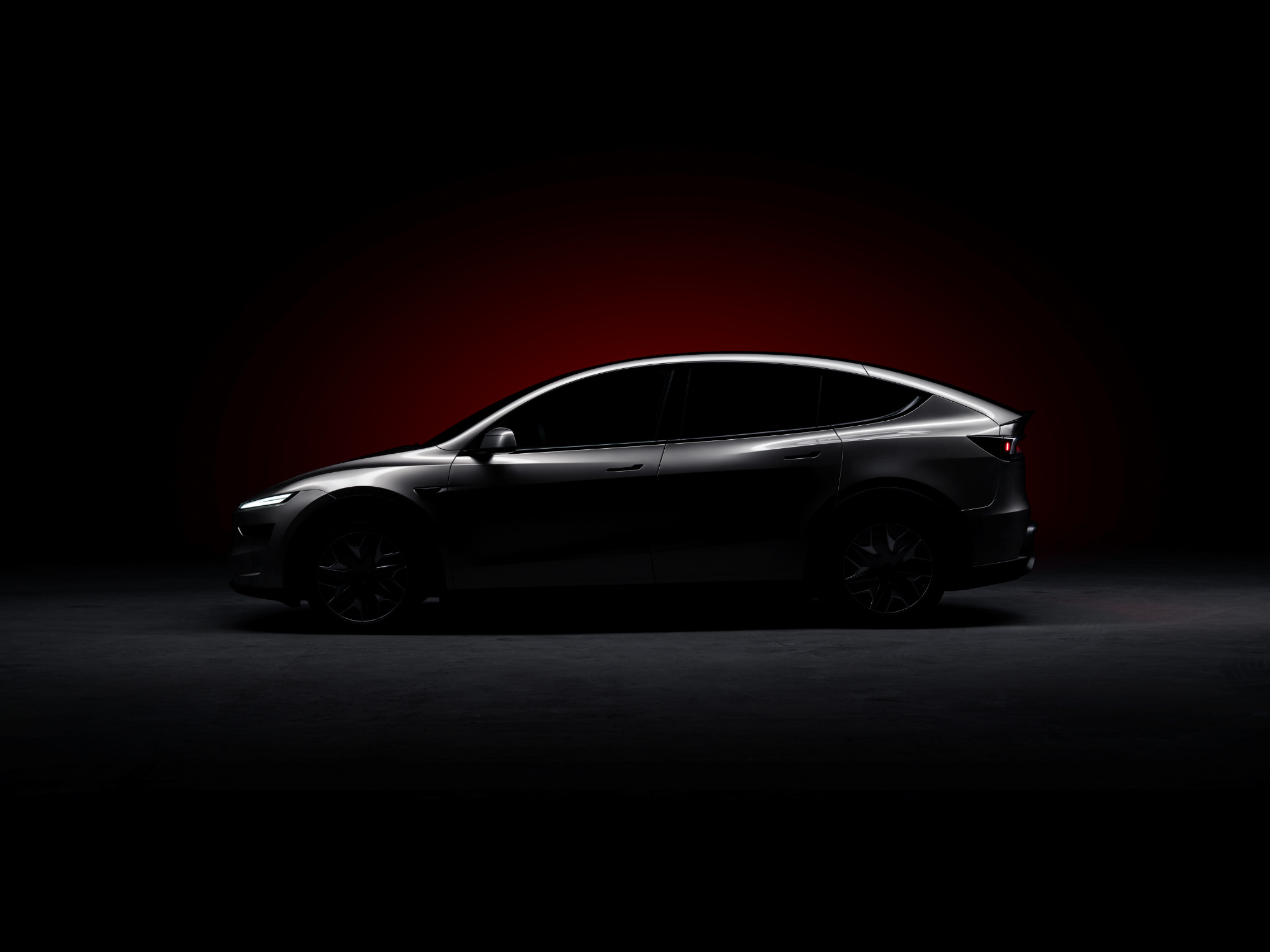
The specs of the upcoming Tesla Model Y L has appeared in new Chinese regulatory filings, revealing key specifications including a six-seat layout and an extended range of up to 751 kilometers. The variant is expected to launch later this year alongside a new long-range Model 3 variant rated at 830 kilometers.
The updates were listed on the China Ministry of Industry and Information Technology’s (MIIT) latest batch of new energy vehicle models that are eligible for vehicle purchase tax exemptions.
Model Y L to debut with larger battery, six-seat layout
Listed under the model code TSL6500BEVBA0, the Model Y L will feature dual motors producing 142 kW at the front and 198 kW at the rear. It will be powered by a 465-kilogram 82.0-kWh lithium-ion battery from LG Energy Solution, with a pack energy density of 176 Wh/kg, as noted in a CNEV Post report. The long-range crossover achieves 751 km on the lenient CLTC cycle, making it Tesla’s highest-range Model Y to date in China despite its curb weight of 2,088 kg.
The “L” designation is believed to refer to the vehicle’s larger size and seating configuration, as the new variant is listed with six seats. It builds on Tesla’s strategy to diversify offerings in the Model Y lineup, which currently includes both RWD and AWD five-seat versions.

Model 3+ breaks record with 830 km CLTC range
Alongside the Model Y L, Tesla China also registered a new rear-wheel-drive Model 3, which was designated with the model code TSL7000BEVBR1. The vehicle boasts either 800 or 830 km of range on the CLTC cycle, depending on its trim. This marks the highest range yet for any Tesla vehicle in China.
The variant will use a 448-kilogram, 78.4-kWh LG-supplied battery with an energy density of 175 Wh/kg and a peak motor output of 225 kW. The vehicle’s curb weight is listed at 1,760 kg. The model was previously identified in filings as “Model 3+,” hinting at a possible tier above the existing long-range variant, which tops out at 753 km CLTC.
-
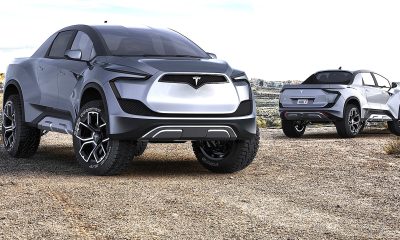
 News2 weeks ago
News2 weeks agoTesla hints a smaller pickup truck could be on the way
-
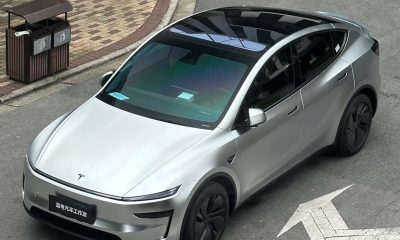
 News2 weeks ago
News2 weeks agoTesla is ready with a perfect counter to the end of US EV tax credits
-
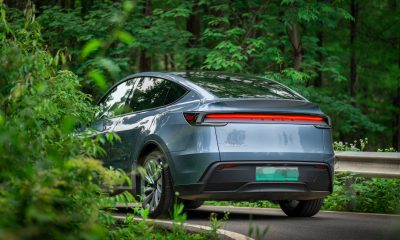
 News2 weeks ago
News2 weeks agoElon Musk highlights Tesla Model Y’s most underrated feature
-
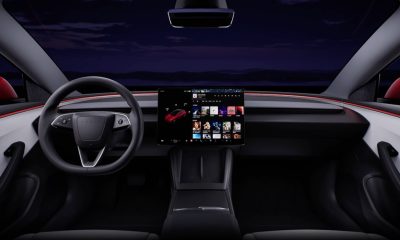
 Lifestyle1 week ago
Lifestyle1 week agoTesla brings perhaps the coolest interior feature to cars in latest update
-
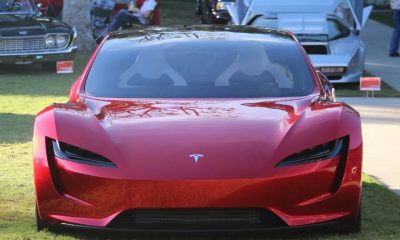
 Elon Musk2 weeks ago
Elon Musk2 weeks agoTesla exec gives big update on Roadster, confirming recent rumor
-
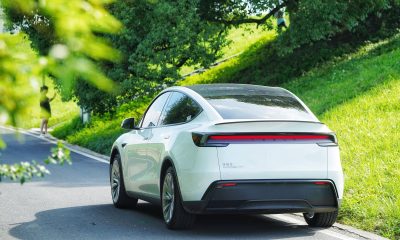
 News2 weeks ago
News2 weeks agoTesla’s new affordable Model Y details teased in new sighting
-
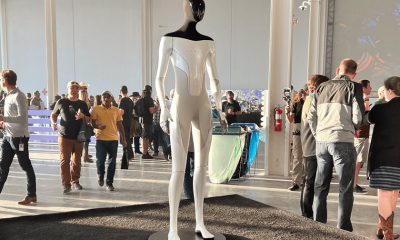
 News2 weeks ago
News2 weeks agoTesla Optimus robots will ship with a design no consumer has seen yet
-

 News2 weeks ago
News2 weeks agoTesla rolling out Robotaxi pilot in SF Bay Area this weekend: report


